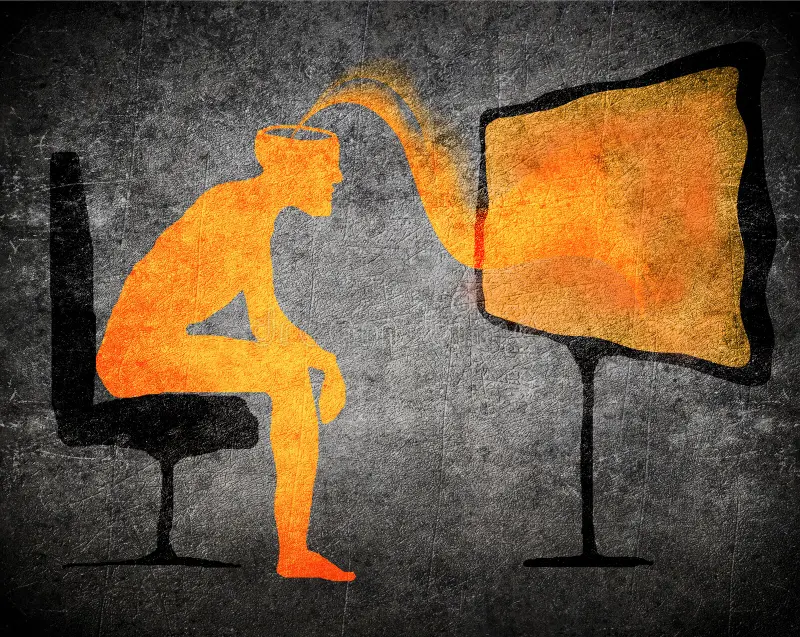General Overview
Carl Sagan's The Demon-Haunted World: Science as a Candle in the Dark is a collection of essays focusing on various arguments for skepticism and scientific understanding. Published in 1995, The Demon-Haunted World sees Sagan valiantly attempt to impart the rules and fundamentals of the scientific method, while simultaneously discussing the importance of critical, scientific thinking, all for the purpose of teaching discernment between fact and superstition; science and pseudoscience. Sagan explores these themes through a variety of lenses, including historical, philosophical, and personal perspectives, making the book a diverse exploration of the importance of scientific literacy.
Throughout the book, Sagan breaks down the reasons skepticism and critical thinking are necessary for processing reality and fundamental truth. Sagan simultaneously highlights the different forms of mis-and-disinformation in the many facets of media and society, illustrating the ways in which myths, pseudoscience, and unfounded beliefs often prey on our cognitive biases and emotional responses. For these reasons, Sagan urges us to think carefully about the information we encounter, and encourages us to question, verify, and look for evidence before believing something.
Most importantly, Sagan's writing style makes the proposed complex scientific concepts easily digestible and comprehendible for a general audience. This allows for a more sufficient grasp of the material in the book, and creates a rhythm to the reading that makes the words flow easily and succinctly.
Favorite Part
My favorite part of Sagan's book is Chapter 7, "The Demon-Haunted World." In this chapter, Sagan delves into the historical and psychological reasons behind human beliefs in demons, gods, and other supernatural entities. It is Sagan's assertion that these beliefs, while comforting, often stem from a lack of understanding and a need for simple explanations of complex phenomena. While I disagree with the idea that these reasons are the sole cause of our belief in the mystical and supernatural, Sagan convincingly argues for a higher standard of evidence for these things than has previously been accepted. For this reason, as well as the fact that this chapter directly ties in to our class discussions about our propensity for finding patterns and meanings in everything, this section of the book resonated with me the most. I whole-heartedly agree with Sagan that belief in the extraordinary should not be accepted and propagated without a higher standard of evidence, and wish that many others - particularly those working in the religious field - would come to the same conclusion. Perhaps they should read Sagan's book to gain a more well-rounded worldview.
Relation to Class
The Demon-Haunted World directly ties into our course's focus on developing a skeptical mindset and understanding the methodology behind scientific research. Sagan's numerous essays underscore our course's focus on the many ways in which our thought processes can be flawed, such as cognitive biases, logical fallacies, and our susceptibility to pseudoscience. Like our course, Sagan illustrates the ways in which these facets of our cognition can distort our perception of reality and impede rational decision-making, thus aligning the book with the themes of evidence-based reasoning and the dangers of confirmation bias taught in the course.
A specific example of this would be Sagan's examination of the human tendency to perceive patterns and attribute meaning to random events, discussed in the chapter "The Dragon in My Garage." In this essay, Sagan describes a hypothetical scenario where someone claims there is a dragon in their garage but provides explanations that make it impossible to test or verify the claim. This analogy illustrates the concept of unfalsifiable hypotheses, which are assertions that cannot be proven or disproven. This portion of the book ties into our course's exploration of logical fallacy, as relying on unfalsifiable hypotheses can lead to logical inconsistency, such as the special pleading fallacy, where one makes an exception to a general principle without adequate justification, often to protect a claim from criticism. This demonstrates the importance of scrutinizing claims and avoiding logical fallacies, a main tenet of our course.
Creative Element
For the creative element of my book report, I chose a YouTube video by author, historian, and professional skeptic, Michael Shermer. In Shermer's "How to detect baloney the Carl Sagan way," Shermer explains Sagan's “Baloney Detection Kit” from his book The Demon-Haunted World, which outlines tools for critical thinking and skepticism. Shermer explains how to use these tools to evaluate claims and distinguish between science and pseudoscience.
This was a fun little video in that it directly ties to Sagan's book, our class, and the world at large. Shermer breaks down Sagan's principles into a bite-sized, easy-to-digest format, thereby allowing virtually anyone to understand the process and utilize it themselves. Shermer then provides practical examples of applying critical thinking in everyday scenarios, thus reinforcing the course's teachings on skepticism and logical analysis.
https://www.youtube.com/watch?v=mn7jVTGjb-I
Extension
Obviously, Carl Sagan's The Demon-Haunted World is more prescient than ever, and more pertinent now than perhaps any other time in history. Both misinformation and disinformation are so frequently and widely common, spread, and unchecked in 2024 that discernment, critical thinking, and logical consistency are absolutely essential for properly processing information. For these reasons, the critical thinking skills outlined in this book are necessary when evaluating the frequent contentious aspects of our society, such as politics, religion, and law. By utilizing these tactics in the current climate, we can provide rational, coherent arguments for our beliefs and values, and refute the many ideas proposed that are without basis or justification. A strong, unwavering standard for evidence of claims is an absolute necessity, and the guidelines for skepticism outlined in The Demon-Haunted World provide the perfect instructions for the ways in which to evaluate and scrutinize the many forms of questionable ideas that proliferate our lives. Long live Carl Sagan! (R.I.P. Carl Sagan).















